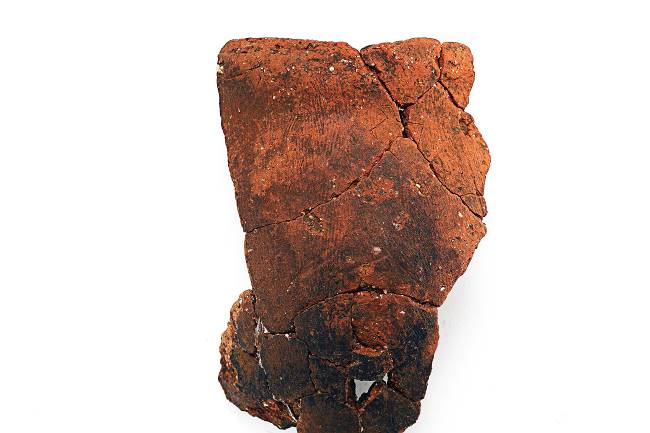Some archeological artifacts are preserved in the museum for maintenance and exhibition.
While the conservation of archeological artifacts is important, it is also necessary to publish the related information for people, including researchers and amateurs. Sharing such knowledge with people facilitates a wider understanding of these archeological artifacts.
Bronze Mirrors from Miyamadera Kyozuka (mound of Buddhist scriptures)

Heian period (794-1185)
Twenty-six bronze mirrors were found in Miyamadera Kyozuka, 24 of which were manufactured in Japan and have Japanese patterns on their rear side, and the remaining two mirrors were sourced from Huzhou, China.
Earrings from Kinukakeyama Tombs
Kofun period (250-552)
Twelve earrings were found in the Kunukakeyama tombs; they were used for burial rituals and were made of gold, silver, and silver-plated copper.
Stone Tool (Knife) from Mt. Nosakadake
Paleolithic period (-10,000 BCE)
The knife was found in Mt. Nosakaichinodake in 1989. it is the oldest artifact in the museum. This stone tool indicates that there was a campsite around that area, but no other pieces have been found.
Engraved Shard from Omachida Site
Yayoi – Kofun period (300 BCE- 552)
This shard was excavated in the pit at Omachida with other non-engraved shards. Although the shard is only a quarter volume of the whole pottery artifact, it is estimated that artifact might have been a jar or a bowl and probably made in the local area.
Two bird-shaped men (or women) are engraved on the surface of the shard. This may depict some kind of a ritual activity in ancient times.

